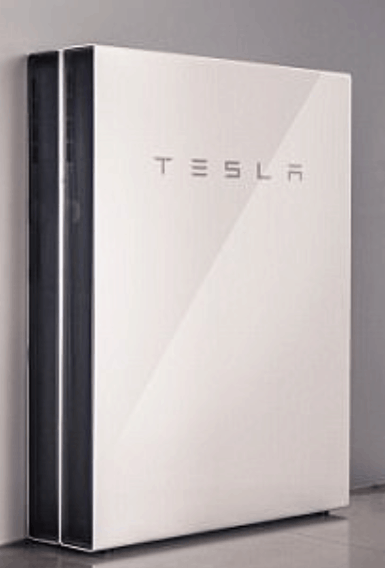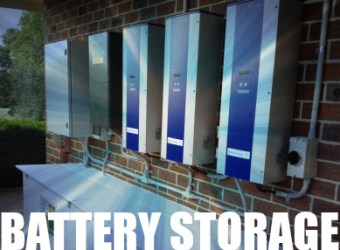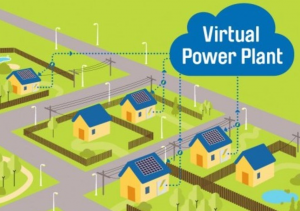Victoria solar feed in tariffs – the state’s Essential Services Commission has this week released the details of a brand new feed in tariff (FiT) which changes depending on the hour of the day. It will be introduced to Victoria on July 1. Whilst not compulsory to begin with due to their complicated nature, the tariffs will likely be enforced in 2019/20.
Victoria solar feed in tariffs overview

Changing from a flat FiT to one that is more in life with electricity demand makes sense given that a major problem for solar energy is dealing with supplying power in peak times and during heatwaves. Previously solar feed-in tariffs were calculated on a flat basis, and, although they’ve been raised recently, it’s been neglecting the idea that offering more money for people to feed power back into the grid via a ‘virtual power station’ is likely to help mitigate periods where electricity is unavailable or at a ridiculously high price.
The idea of a ‘virtual power plant‘ is something being worked at via a supplier level (The AGL Virtual Power Plant‘), a state level (ACT’s Next Generation Energy Storage Program) and a combination of the two (Tesla’s virtual power plant in South Australia). This marks the first time they’ve tried to do this via varying FiTs, however.,
According to RenewEconomy, the regulations will require retailers pay a minimum of 29c per kWh for those who exporting power between 3pm and 9pm, a minimum rate of 10.3c per kWh those feeding power back into the grid between 7am and 3pm, and a minimum rate of 7.1c/kWh (which is actually less than the current price of 7.2c) for those exporting energy during off-peak hours – during 10pm and 7am. So, if people want, for 2018 they can pay an alternative flat rate of 9.9c/kWh, down 1.3c/kWh from the previous flat rate.
The ESC said that the lower cost for the flat rate from modelling from ACIL Allen. This modelling showed that the “any-time price”of electricity has fallen, but the evening peak price is now higher, and that the constant addition of solar connections will lead to even lower day time prices.




